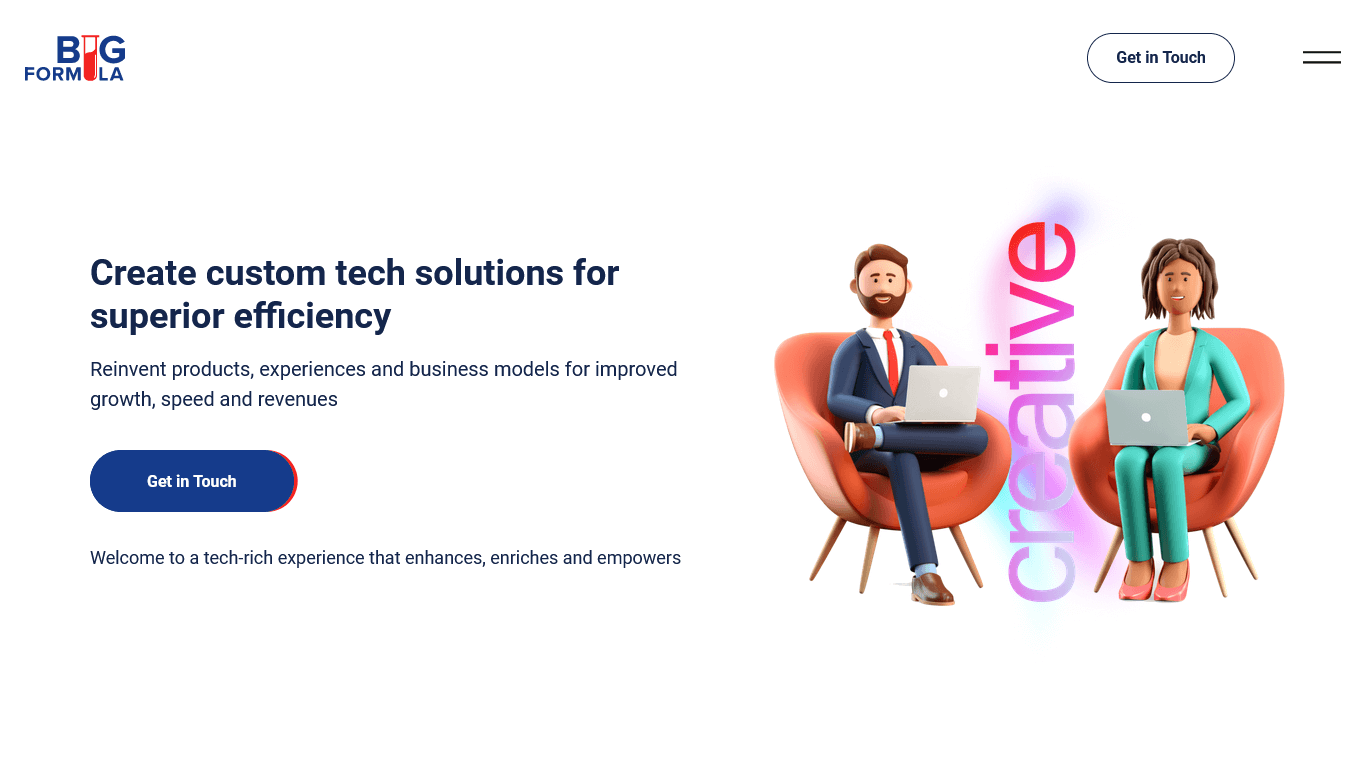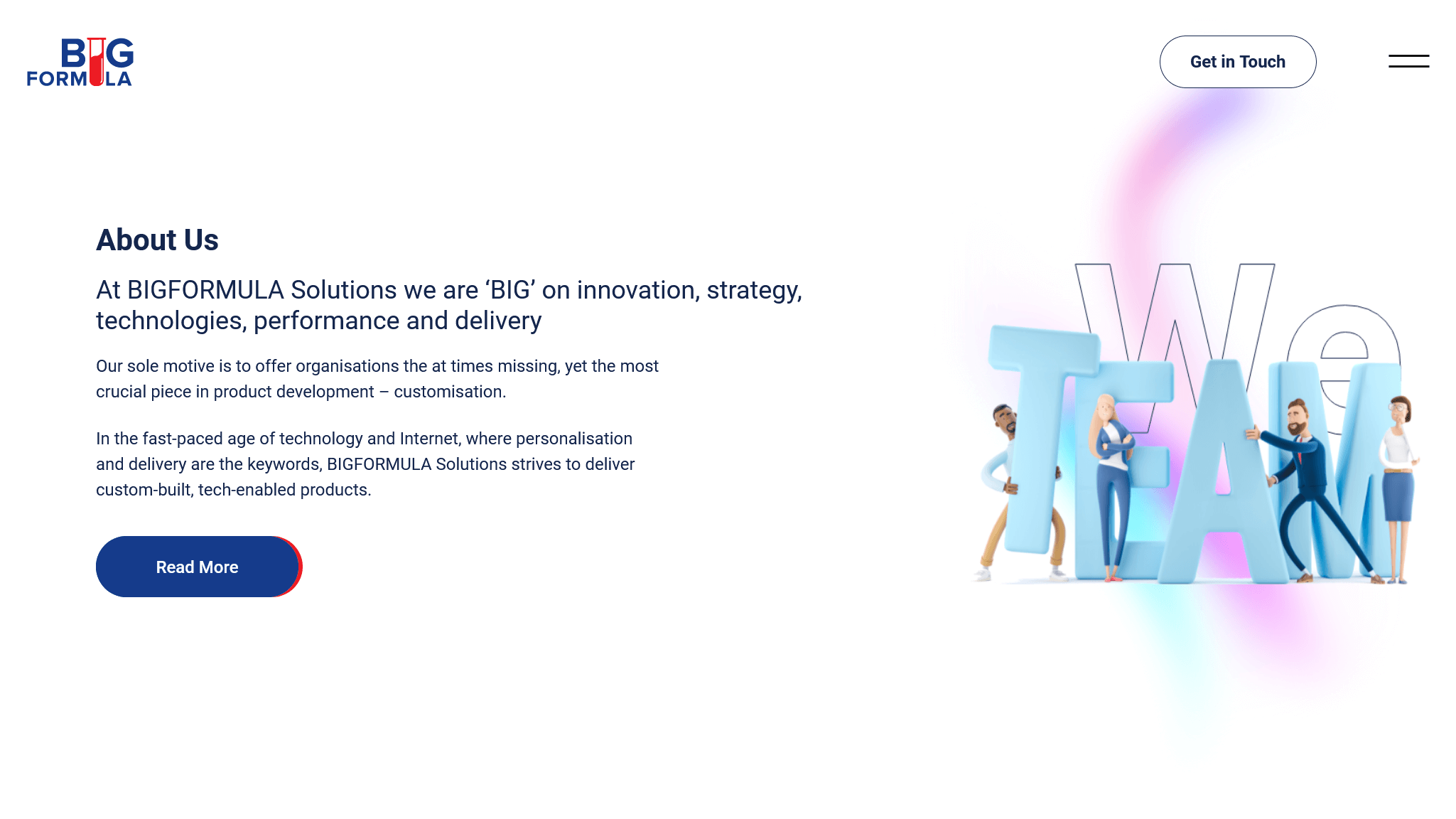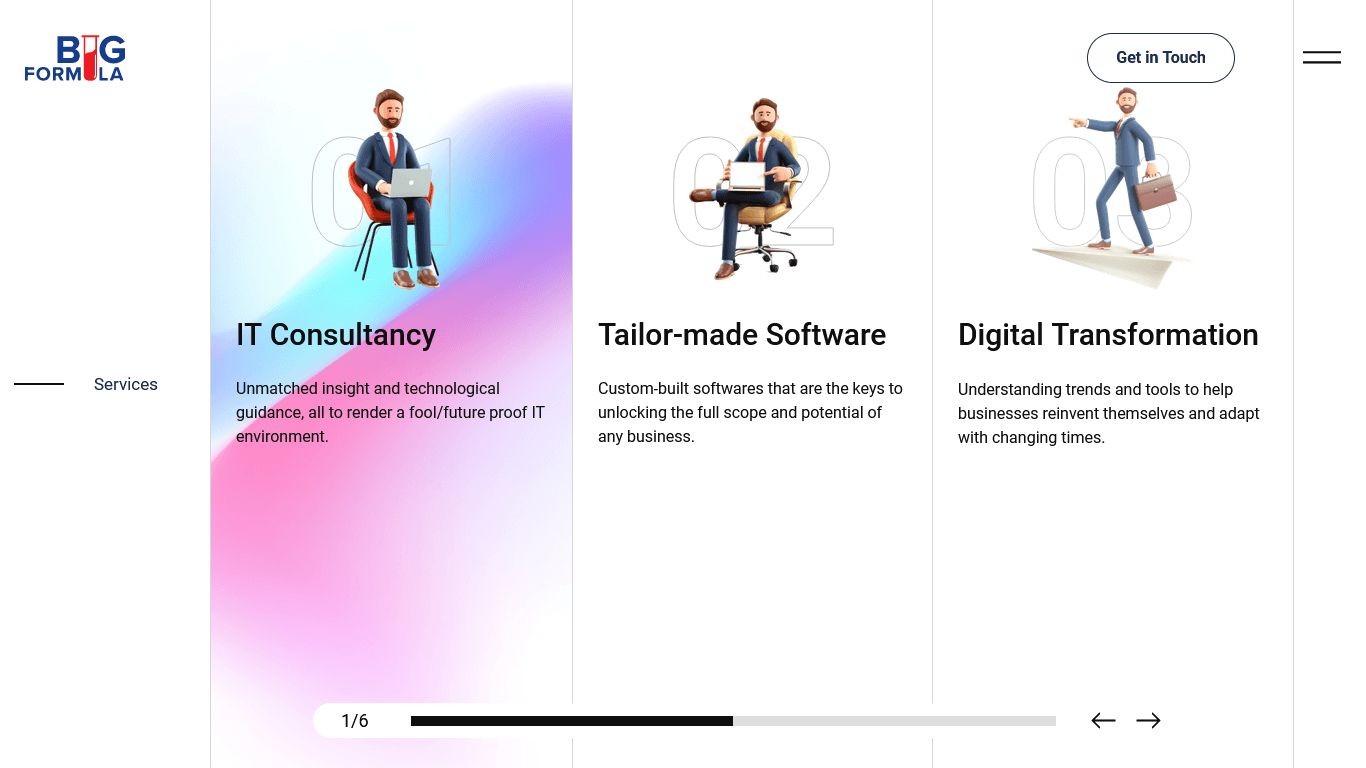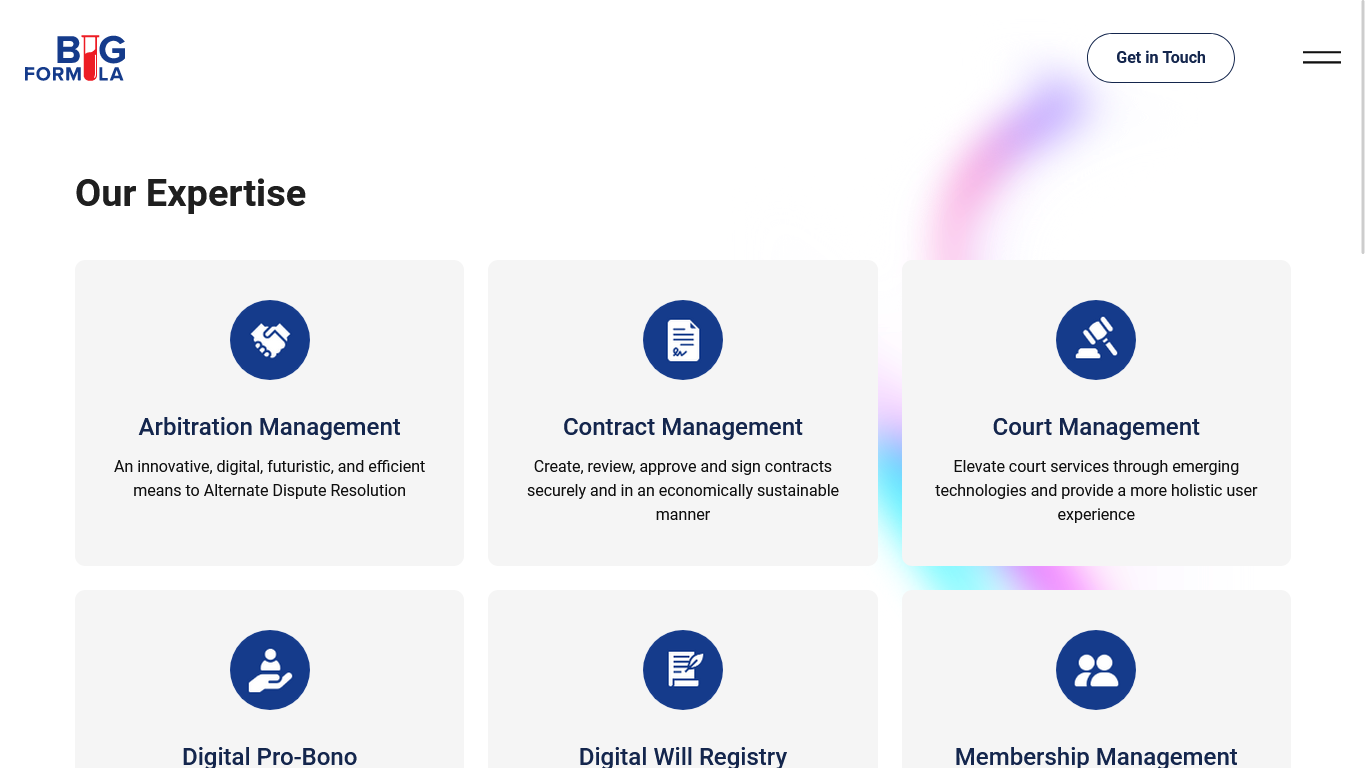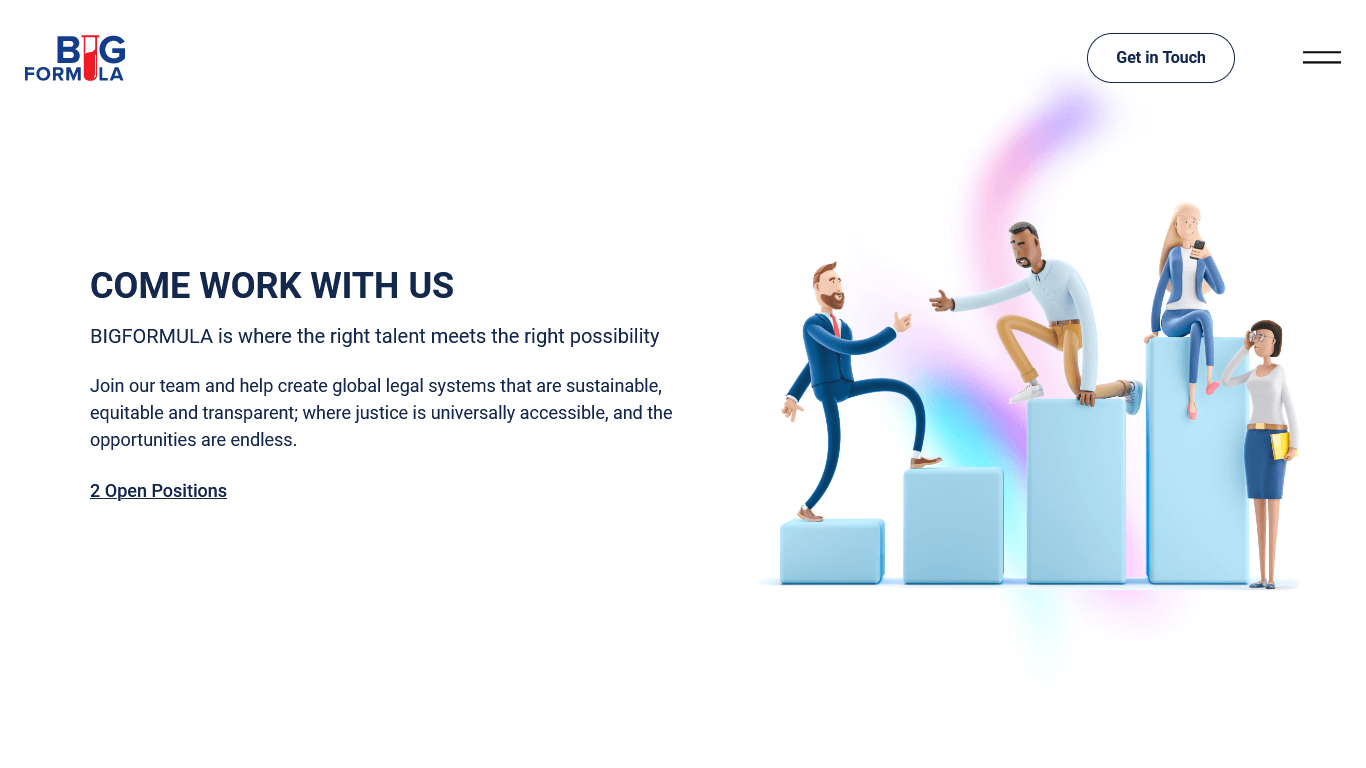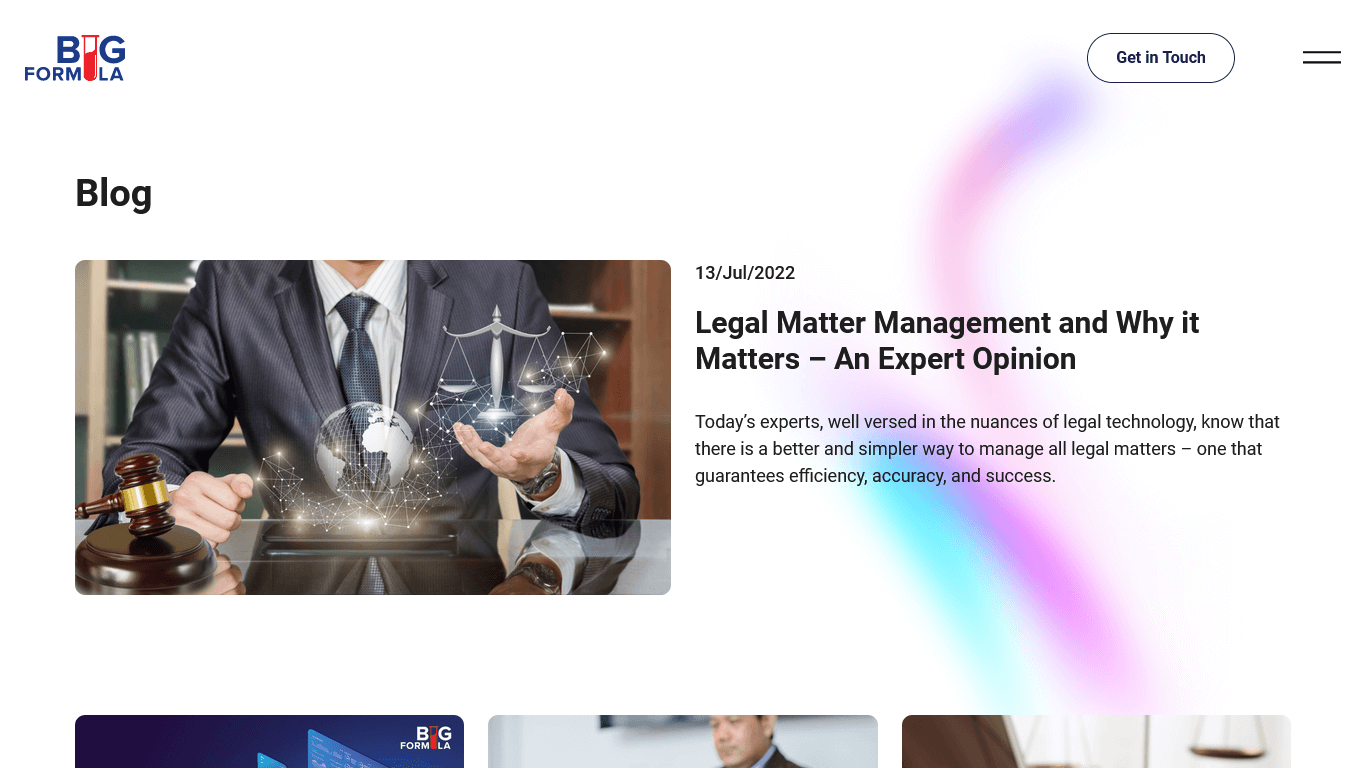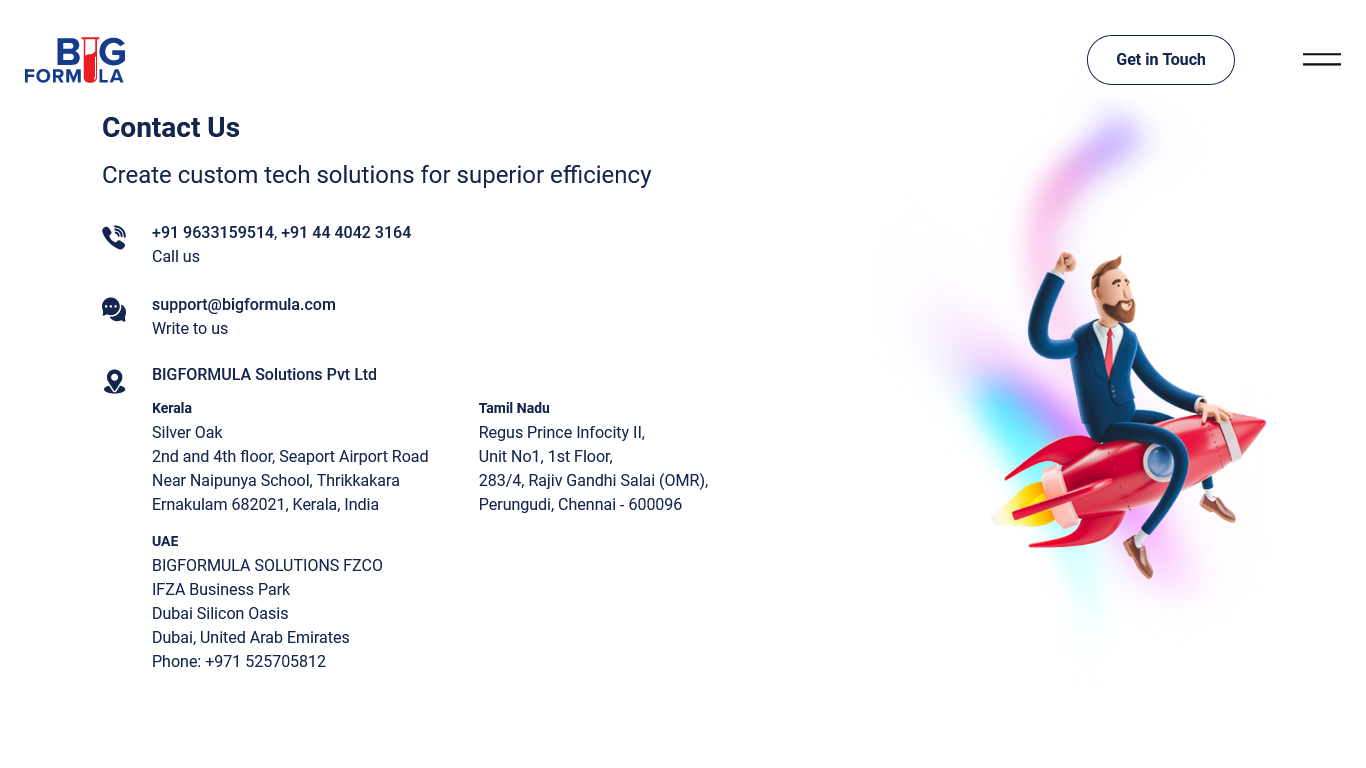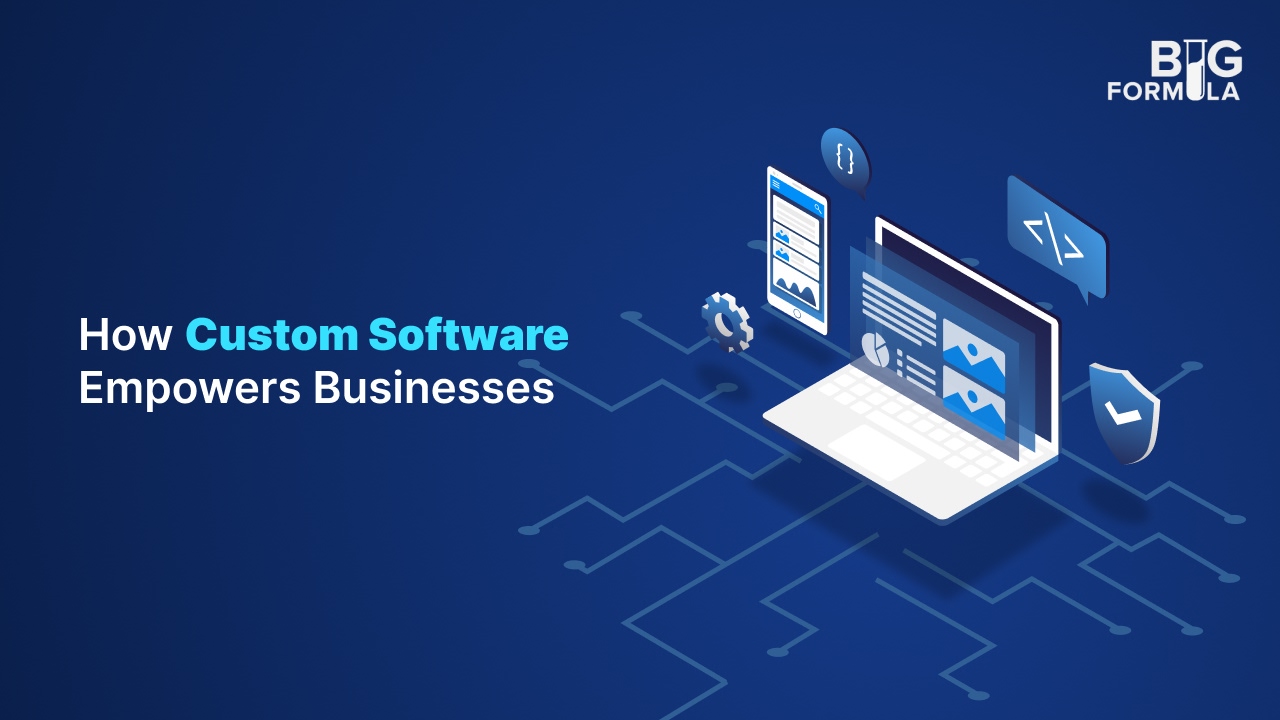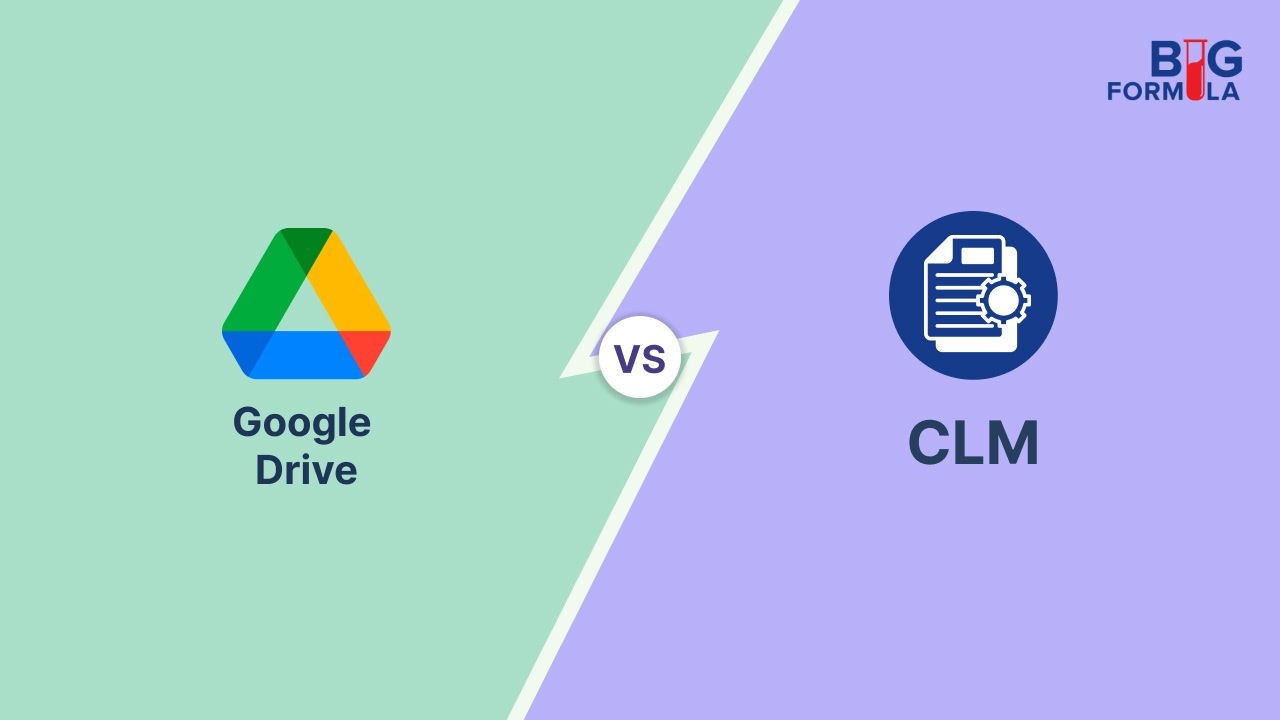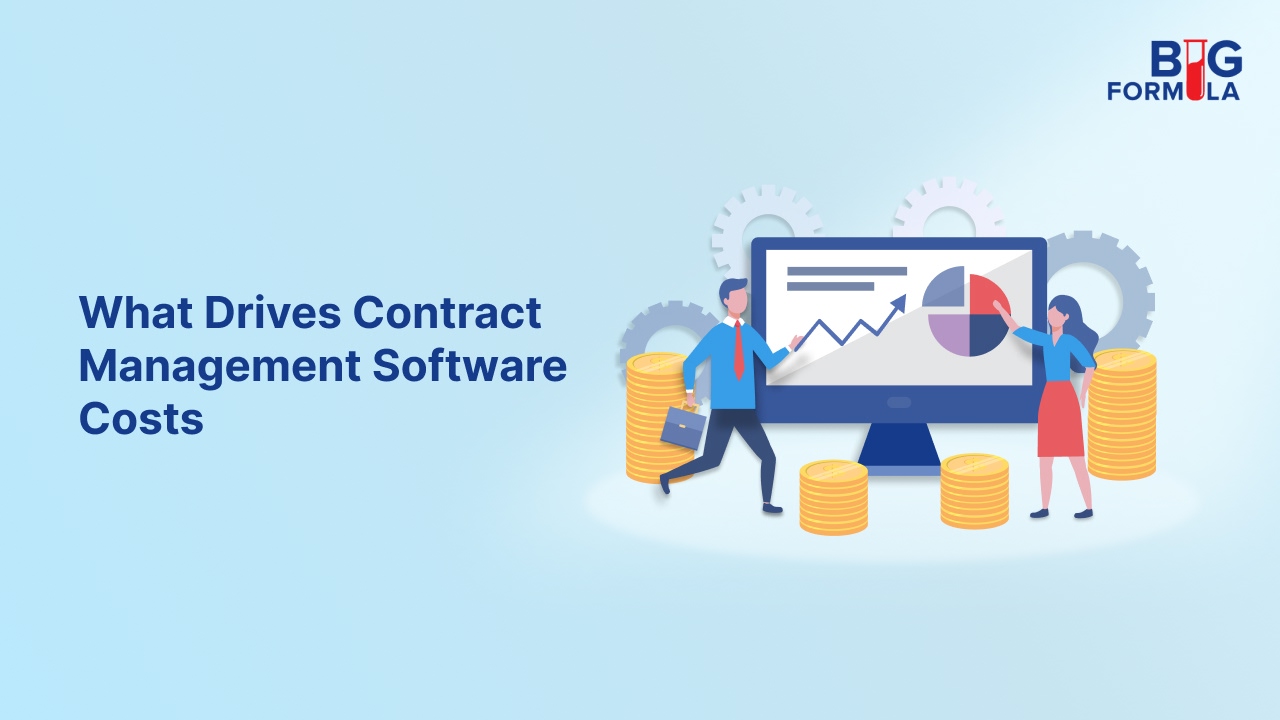Digital Case Bundles: Cutting Through the Legal Tape Digitally
Throughout the ages, Case Bundles have been used to provide a comprehensive overview of a case and to ensure that all relevant documents are organised and accessible. But how have they navigated the transition into the digital age?
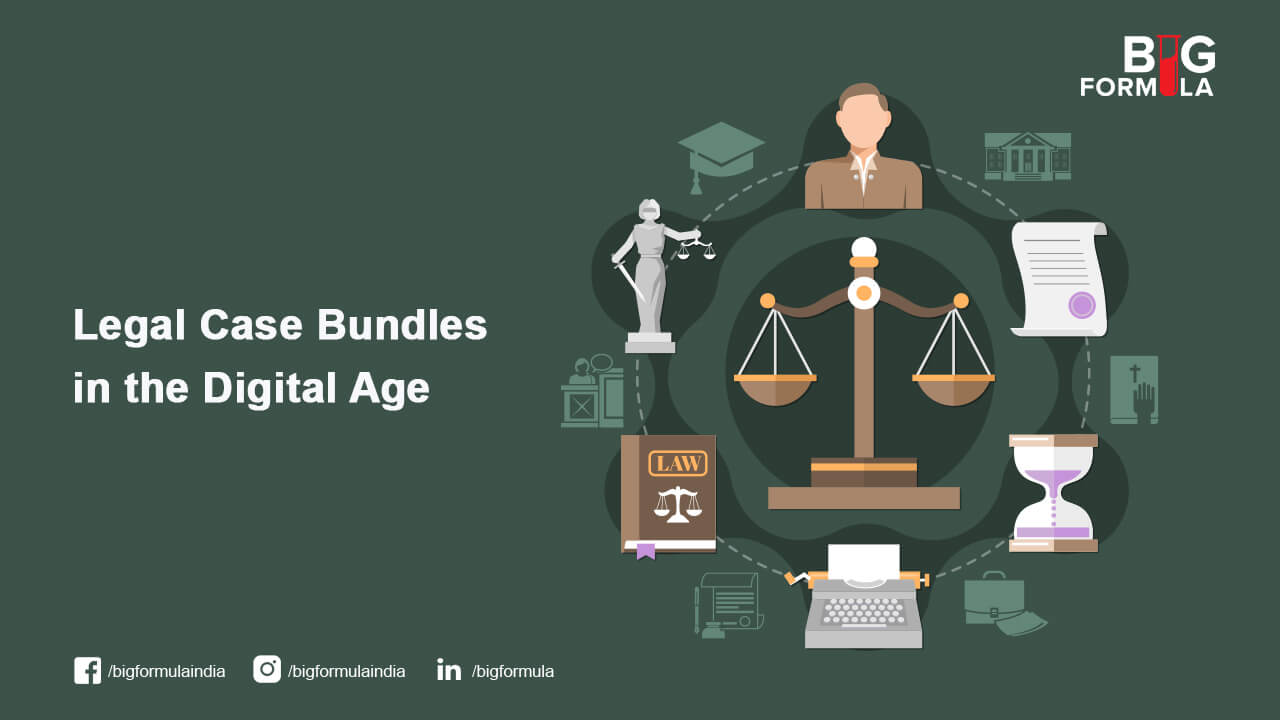
Picture a court scene. A couple of black-robed figures expressively waving about files or sheets of paper, while several others around them frantically pour over stacks and stacks of paperwork; and the judges, high up on their bench are handed sheet after sheet to peruse through. Anyone who has patiently sat through the actual court proceedings will know that this generalisation is not too off the mark from reality. No matter how hard we try, the picture of a lawyer in court, is incomplete without at least a small stack of sheets roughly lodged under their arm, or in the more classical sense, bound together by a simple coloured ribbon or tape (look into the origins of ‘Red Tape’ for more for a more epiphanic reading)
The Current State of Case Bundles and their Challenges
Papers, pictures, documents, evidentiary statements, motions, petitions, pleadings, orders, judgements, or Case Bundles, as they are termed by those in the know have been an integral part of legal and judicial systems for centuries. Be it civil, criminal, administrative or constitutional, case bundles have been used throughout the ages to provide a comprehensive overview of a case and to ensure that all relevant documents are organised and accessible to all parties involved during the hearing. There is no denying that the use of case bundles has evolved over time. In the past, case bundles were prepared manually – first painstakingly handwritten, then typed out over bulky typewriters – and they required a great deal of time and effort to ensure that relevant documents were included and properly categorised. Sure, they offered a fair amount of flexibility in creating sections and marking and annotating the documents; but then came the questions of multiple copies for different parties in court, and the subsequent safety of the copies.
But with the digital age sweeping up case proceedings across the board, how have case bundles navigated the transitions? What have been the biggest breakthroughs? And how have they impacted the legal and judicial institutions at large?
How BIGFORMULA Helps
As a leading player in the field of legal and justice technology, BIGFORMULA Solutions has invested the bulk of its time and efforts into digitising, and to an acceptable extent, automating legal and judicial processes. And our latest foray into digital Case Bundles is no different. Recently, BIGFORMULA Solutions created and deployed a customised, tech-enabled case bundle solution for an English-language court in the Middle East. In the Digital Case Bundle Solution, as we have grown to call it, users can create, compile and categorise necessary documents and petitions for their respective case hearings from anywhere in the world, while still preserving the unique capabilities that were previously limited only to physical paper-based case bundles. With the Digital Case Bundle Solution, users can annotate and highlight part and paragraphs within documents for later reference; co-author and collaborate to build the most relevant evidentiary bundle to argue their case more effectively; and even authorise access amongst case parties at will. Judges and court officials are allowed their own separate access where they can view the case bundles, highlight and share them with aides and even request updates when and where required. The primary advantage of the tech-enabled case bundle is this ease, convenience and relative simplicity with which bundles can now be created, stored, shared with appropriate authority and accessed in courts as and when required.
Benefits of Digital Case Bundles
The most notable feature of the Digital Case Bundle Solution is that it saves time. With the use of Digital Case Bundles, lawyers no longer have to manually search through hundreds of paper documents to find the right information. Instead, they can quickly access the information they need in one place with just a few choice key words – drastically reducing the amount of time spent searching for documents and making them more productive. Anyone who sat through the recent Court sessions, where a significant portion of the time is lost in negotiating poorly marked page numbers and missing pages in different copies, would appreciate the significance of digitised and uniformised case bundles that resolves these very specific issues.
The last, and perhaps the most important advantage of Digital Case Bundles comes with the security it provides to the very sensitive nature of court proceedings. All bundles are stored in a secure, cloud-based system, which prevents them from being accessed by unauthorised individuals. It uses the most advanced cryptographically secured log management solution to meticulously log every activity in the system, including but not limited to adding/removing files or access rights, so they can be audited at any time. The documents within the bundles are each tagged with their own secure code that alerts users to any tampering or fraud – ensuring necessary confidentiality and the integrity of the documents.
The Future is Digital
As the legal world continues its tryst on the road to technological advancement, there is no doubt that the nature of Digital Case Bundles is only going to evolve and become more intrinsically entwined with court proceedings. Today, they serve as an important tool to the courts. They save time, reduce costs and provide a secure and efficient platform for evidence storage, access and presentation in courtrooms.
For those still unconvinced: think of all the trees!
Interested to see how you can incorporate case bundle technology within your solutions? Discuss your needs and goals with BIGFORMULA.
Reach out to us and schedule a Free Legal Tech Consultation.

